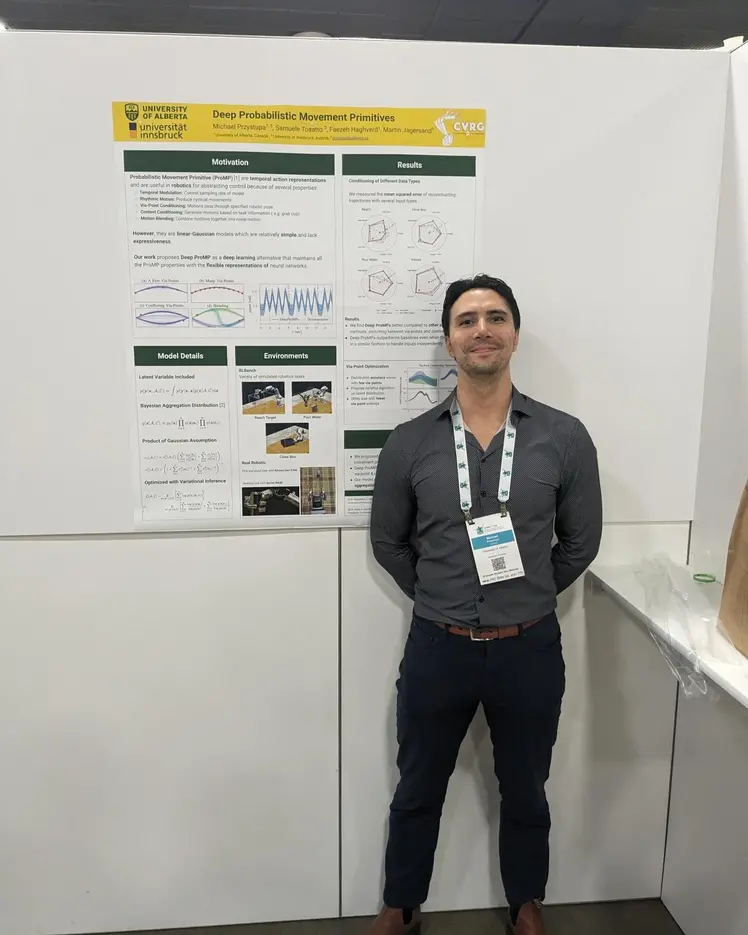Seeking good designs is a central goal of many important domains, such as robotics, integrated circuits (IC), medicine, and materials scienc
… (see more)e. These design problems are expensive, time-consuming, and traditionally performed by human experts. Moreover, the barriers to domain knowledge make it challenging to propose a universal solution that generalizes to different design problems. In this paper, we propose a new method called Efficient Design and Stable Control (EDiSon) for automatic design and control in different design problems. The key ideas of our method are (1) interactive sequential modeling of the design and control process and (2) adaptive exploration and design replay. To decompose the difficulty of learning design and control as a whole, we leverage sequential modeling for both the design process and control process, with a design policy to generate step-by-step design proposals and a control policy to optimize the objective by operating the design. With deep reinforcement learning (RL), the policies learn to find good designs by maximizing a reward signal that evaluates the quality of designs. Furthermore, we propose an adaptive exploration and replay mechanism based on a design memory that maintains high-quality designs generated so far. By regulating between constructing a design from scratch or replaying a design from memory to refine it, EDiSon balances the trade-off between exploration and exploitation in the design space and stabilizes the learning of the control policy. In the experiments, we evaluate our method in robotic morphology design and Tetris-based design tasks. Our framework has the potential to significantly accelerate the discovery of optimized designs across diverse domains, including automated materials discovery, by improving the exploration in design space while ensuring efficiency.